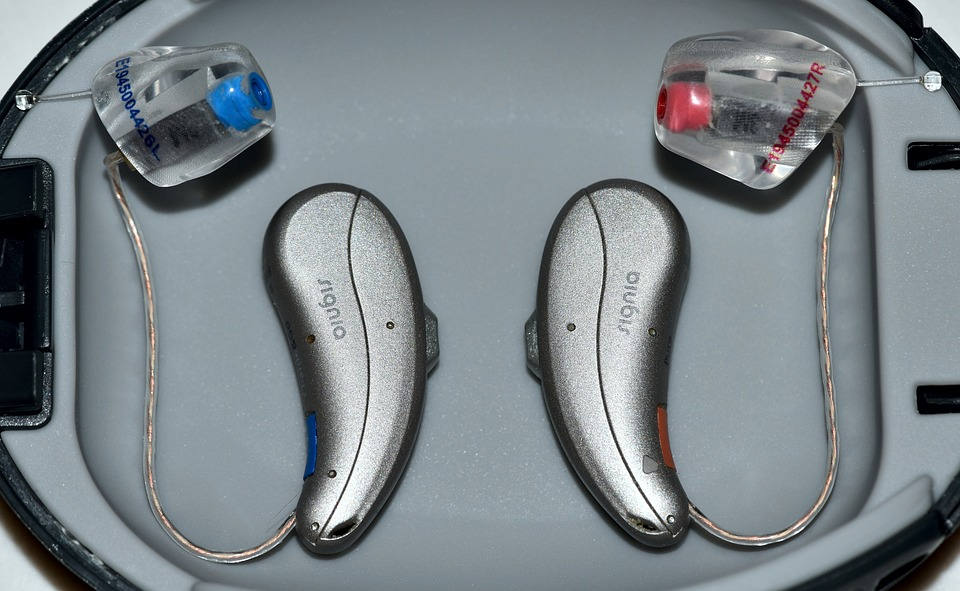We’ve explored many of the dialects, subdialects and indeed languages in their own right as some linguists consider them to be which are spoken across modern Croatia. From the Dubrovnik subdialect (Ragusan) in the extreme south of Dalmatia to Northwestern Kajkavian in areas like Zagorje and Medjimurje, the ways in which people speak in this country deviate from what we know as standard Croatian language enormously. That goes without even mentioning much about old Dalmatian, Zaratin, once widely spoken in and around Zadar, Istriot, or Istro-Venetian.
There are known or at the very least educated guesses as to how many individuals speak most of the aforementioned languages. Of course, some, such as Istrian-Albanian, a form of Gheg (Geg) Albanian once spoken in Katun, are now extinct. Others, such as Istro-Romanian, are on UNESCO’s severely endangered language list with very good reason. As stated, there is no firmly known number of people who use Croatian sign language, but it has been defined as an independent language system in and of itself. This means that it has its own rules surrounding grammar which have nothing to do with those used by hearing individuals.
Back in 2015, the Law on Croatian Sign Language and Other Communication Systems of Deaf-Blind Individuals in Croatia was passed, and now courses teaching this language are more or less commonplace in all larger Croatian cities. It is even taught as part of higher education, with university-level Croatian sign language being taught as different courses for undergraduate speech therapy students. This is mandatory.
Naturally, although their exact number remains unknown, the overwhelming majority of those capable and competent in Croatian sign language are members of the deaf or hard of hearing community living in Croatia, and the associations formed by and for them are some of the main bodies which hold classes and courses.
Some of those Croatian associations for the deaf and the deaf-blind are Savez gluhih i nagluhih grada Zagreba (The Association of the Deaf and Hard of Hearing of the City of Zagreb), Dodir (Touch), Kazaliste, and audiovizualne umjetnosti i kultura Gluhih – DLAN (Theatre, audiovisual arts and the culture of the Deaf).
For more on Croatian language, dialects and subdialects spoken across the country, as well as this history of language in this country, make sure to keep up with our dedicated lifestyle section.









